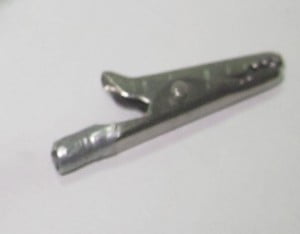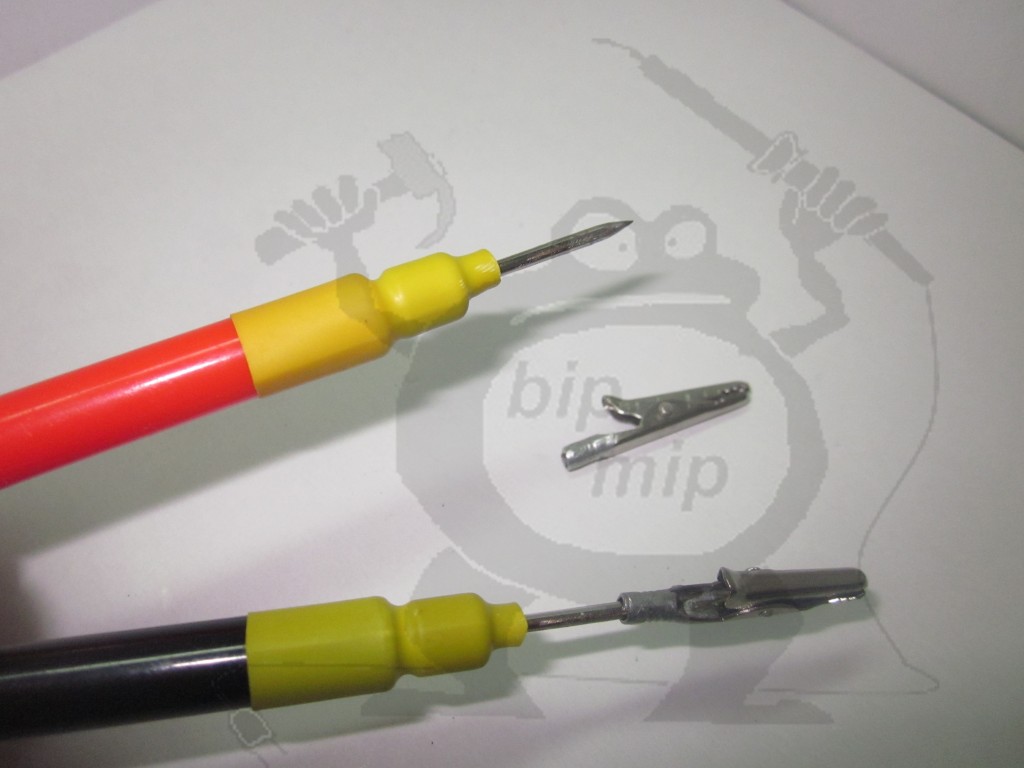Even novice radio amateurs know that it is impossible to set up an electronic circuit without making at least rudimentary measurements. For such purposes, various measuring instruments are used, ranging from a simple voltmeter, ammeter, ohmmeter, frequency meter to an oscilloscope.
Multimeter and feeler gauges:
The most common measuring device used by radio amateurs is the so-called multimeter or, to put it simply, a tester. It is a relatively cheap, easy to use, but very useful device.
But having a measuring device is only half of the success of a productive circuit setup. There is one more important thing to consider — the probes.
Those probes that come with the tester are quite suitable for making measurements, but there are situations when you need to hold and measure and solder and so on and so forth at the same time. What to do in such a situation? There is a very convenient option, which is to solder a long wire to the measurement point and just wind it around your stylus. This option is very convenient to use when setting up many devices, although of course I wouldn’t advise you to make very many of these measurement leads. For example, this is how I connect the ground, and the rest I measure by simply touching the stylus to the tracks.
Taping the lead wire to the tester’s probe is also often “stressful”, especially when you have several such measuring leads. There is a decent way out of this situation. Pay attention to figure 1, you are not mistaken, it is a simple alligator clip.

You can buy it in any store with radio parts or at the radio market, and it is relatively cheap. And further it is necessary to bend it according to the diameter of your stylus, so that the crocodile would be put on the stylus, preferably with tension Figure 2.

Just remember!!! Do not solder crocodiles to the probes, do not repeat my mistakes, because you do not always need a big grip, because there are hard to reach places on the boards. With this attachment you can measure your circuit without much effort by clinging to soldered wires or accessible parts of the circuit.

